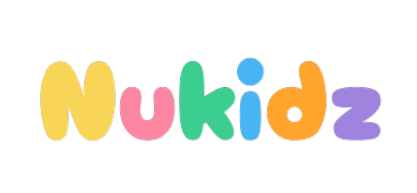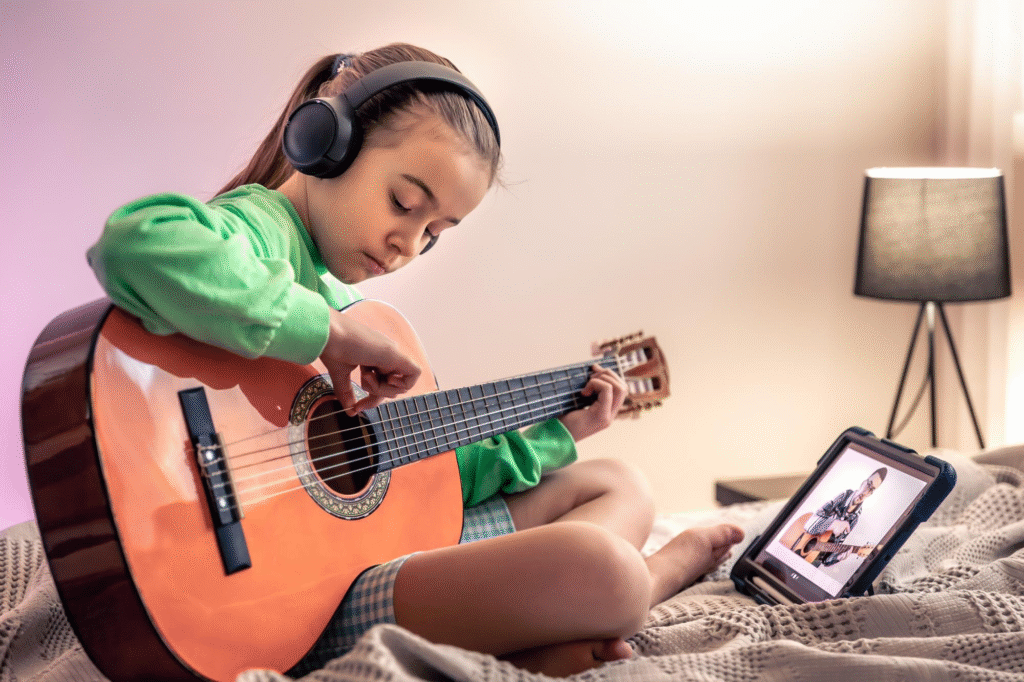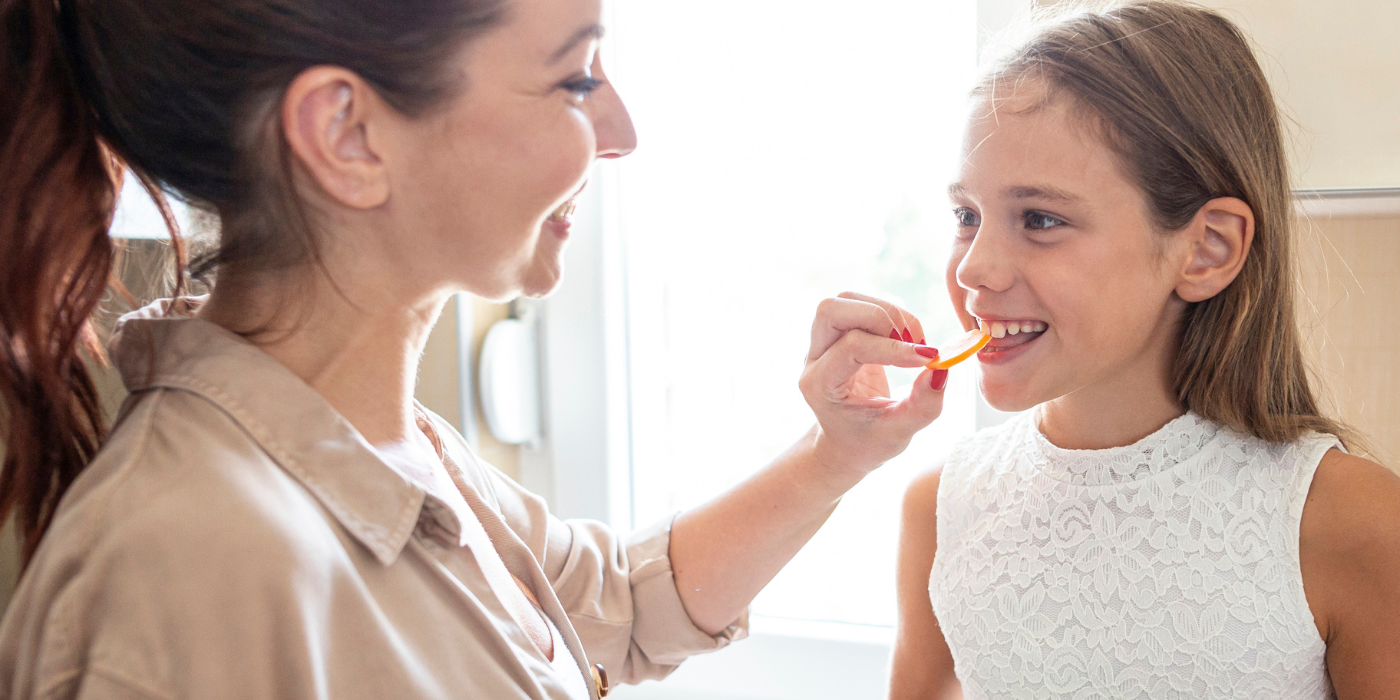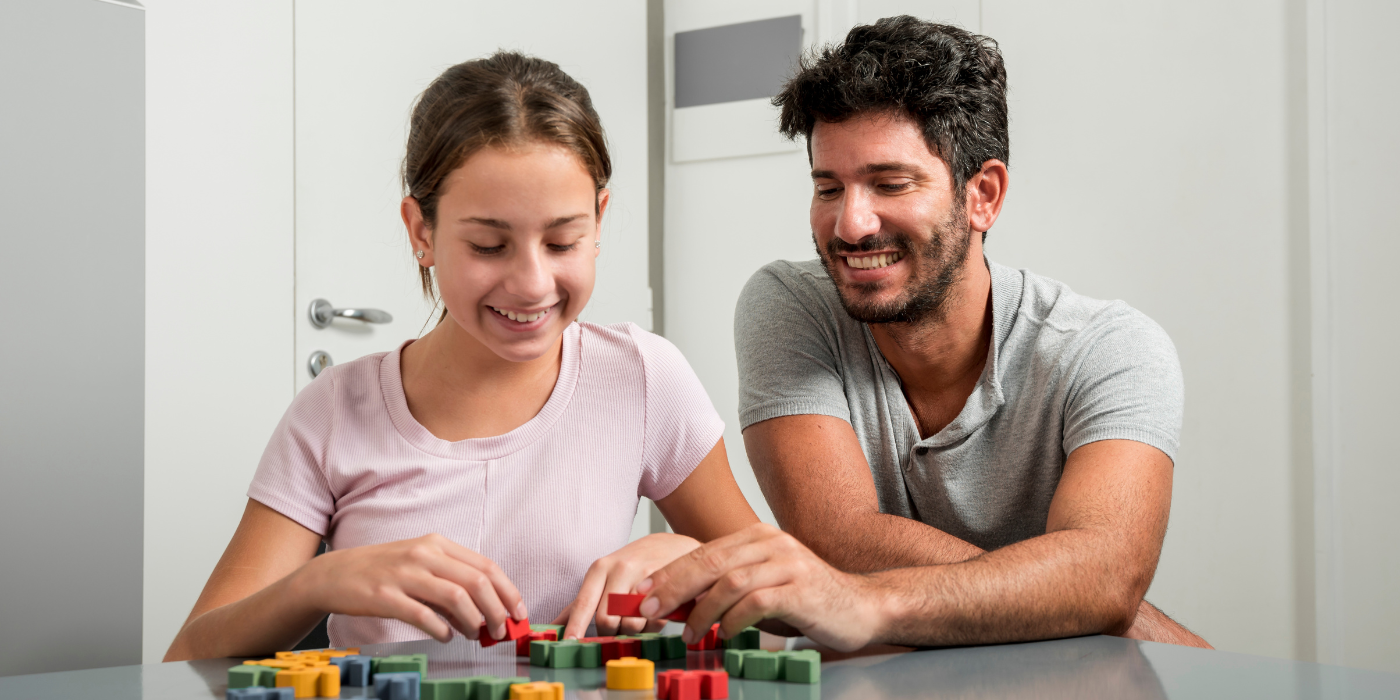Introduction: Unlocking Brain Power Through Music
Ever notice how a toddler can sing along to a song long before they can string a sentence together? Or how kids remember the lyrics to their favorite nursery rhyme, but forget where they left their shoes? It’s no accident—music plays a key role in supporting brain growth..
From baby lullabies to preschool sing-alongs, music plays a crucial role in helping children grow cognitively, emotionally, and linguistically. Research shows that engaging with music early on not only boosts memory and attention but also lays a strong foundation for literacy and learning.
In this blog, you’ll discover how rhythms, rhymes, and musical play prepare kids for reading success. We’ll also explore fun, brain-building musical activities and screen-free ways to incorporate music into daily life.
The Science Behind Music and Brain Development
Music is more than entertainment—it’s brain food.
How Music Shapes the Brain:
- Enhances auditory processing: Music trains the brain to distinguish sounds, patterns, and pitches, which is key for language development and reading.
- Improves memory: Learning song lyrics or rhythmic patterns boosts both short- and long-term memory.
- Enhances motor development: Clapping, tapping, and dancing support both fine and gross motor skills.
- Encourages emotional expression: Music gives kids a healthy outlet to show their feelings and tune into others.
Neuroscience Speaks
Studies using brain imaging show that children engaged in regular music activities have more developed language centers and stronger connections between hemispheres of the brain. The result? Better phonological awareness, faster reading acquisition, and improved focus.
Rhythm and Rhyme: Foundations of Early Literacy
Why Rhymes Matter
Nursery rhymes are more than sweet rituals. They:
- Teach and Introduce phonemic awareness—helping kids recognize and play with the sounds in words.
- Help kids recognize syllables, rhymes, and patterns
- Strengthen vocabulary and comprehension
Rhythm = Reading Readiness
When children tap or clap to music, they strengthen timing, focus, and motor control.
- Develop a sense of timing and sequence
- Understand syllabic structure
- Strengthen focus and memory—key skills for smooth and effective reading.
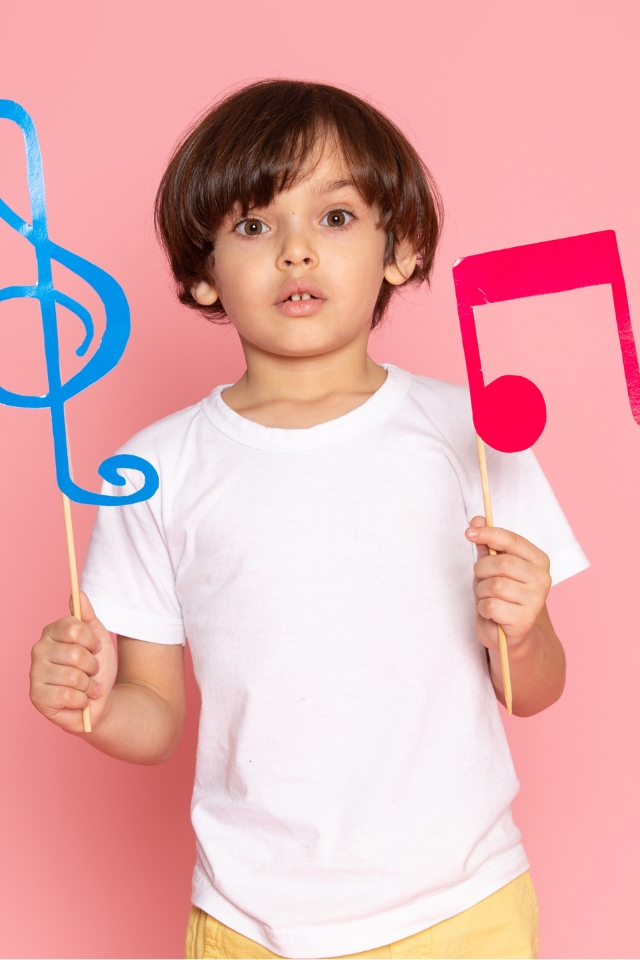
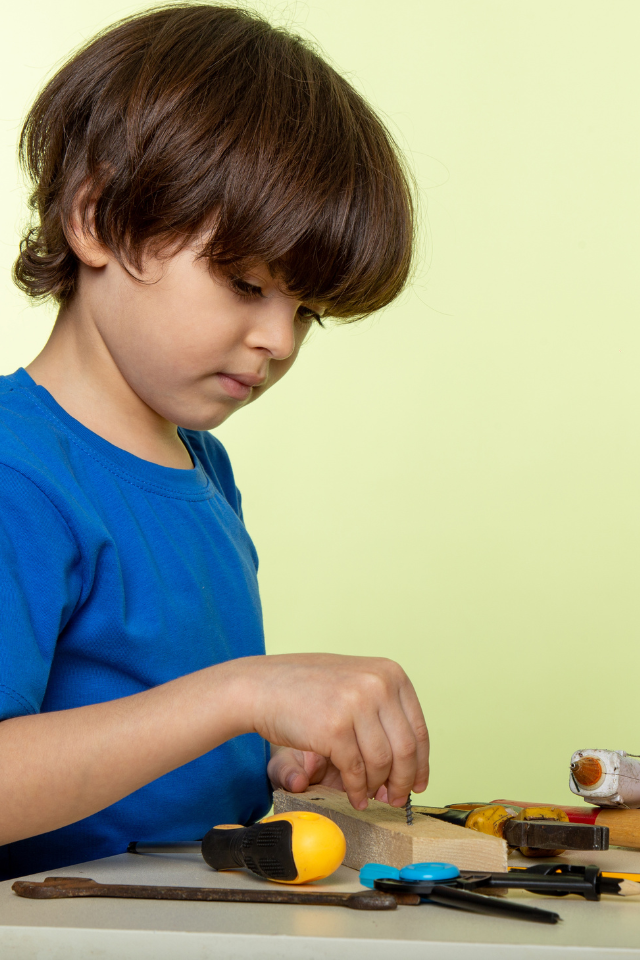
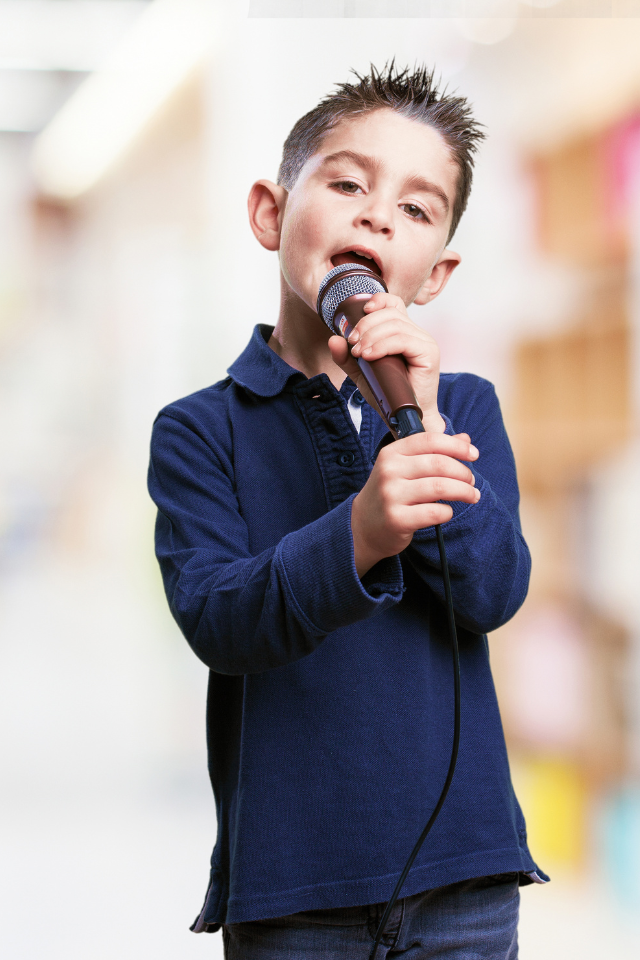
Music Activities for Kids: Fun Meets Function
Here are some simple yet powerful ways to weave music into your child’s daily routine. These music activities for kids double as brain-boosting experiences.
1. Daily Sing-Alongs
Choose songs with repetitive lyrics and clear rhymes like:
- “Wheels on the Bus”
- “Twinkle Twinkle Little Star”
- “Old MacDonald Had a Farm”
Encourage kids to sing, clap, or add their own verses.
2. DIY Rhythm Instruments
Create your own music tools:
- Rice in a bottle = shaker
- Pots and wooden spoons = drums
- Rubber bands over a box = guitar
Use these to tap out syllables or follow simple beats.
3. Movement and Music Games
Pair rhythm with movement:
- Freeze dance to practice impulse control
- “Move like the music” (slow like a turtle, fast like a cheetah)
- Jump on each beat of a song to build timing skills
4. Rhyme Time Challenge
Say a word, and let your child come up with as many rhymes as possible. Make it silly or turn it into a song.
5. Musical Storytelling
Sing a simple narrative or ask your child to make one up. Musical storytelling boosts imagination, sequencing, and vocabulary.
How Music Supports Language Development
Songs for Language Development
Music provides structure and repetition, making it easier for children to:
- Learn new vocabulary
- Practice sentence patterns
- Understand word meaning through context
Examples of great songs for language development:
- “Head, Shoulders, Knees and Toes” (body parts)
- “Five Little Ducks” (counting and sequencing)
Dual-Language Learning
Bilingual families can use songs in both languages to support fluency. Music bridges cultural and linguistic gaps beautifully.
Incorporating Music into Daily Life
Morning Routines
Start the day with a cheerful wake-up song or make brushing teeth a musical challenge.
During Transitions
Songs like “Clean-Up Time” or “Let’s Get Ready to Go” can reduce resistance and build rhythm into routines.
Mealtime Melodies
Make up songs about what’s on the plate to encourage picky eaters and vocabulary learning.
Bedtime Lullabies
Slow, soothing songs signal the body that it’s time to relax and sleep. They also create strong emotional connections.
Music and Connection: Bonding Through Song
Music isn’t just good for the brain—it’s good for the heart.
Singing and dancing together fosters connection and trust. Whether you’re holding hands and spinning in circles or humming a lullaby before bed, these moments create positive emotional memories.
Shared music experiences also strengthen social development, as children learn to listen, wait their turn, and collaborate.
Wrap-Up: Nurture Your Child’s Growth Through Music
Music isn’t just a hobby—it’s a developmental powerhouse. From rhythm games to rhyming songs, every beat and verse helps your child grow smarter, more focused, and emotionally in tune. You’re not just passing time—you’re shaping minds.
By incorporating simple, consistent music activities for kids into your daily routine, you’re doing more than boosting literacy—you’re creating memories, building bonds, and laying the foundation for lifelong learning.
